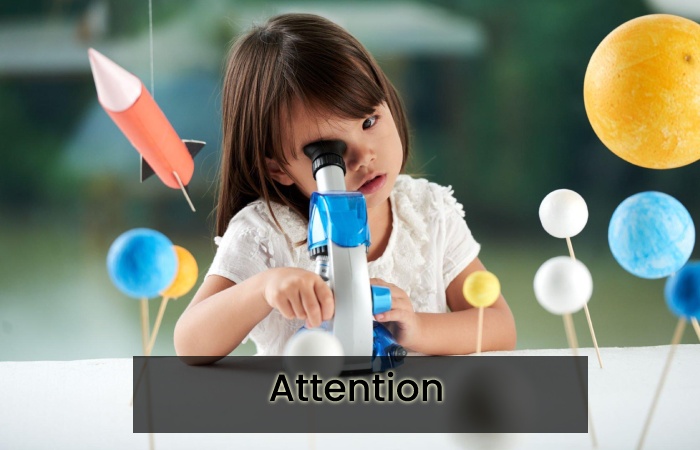Psychomotricity – In early childhood, we develop the motor skills that allow us to carry out specific actions and manage our emotions. To understand psychomotricity, we must refer to Dupré and Wallon, who classified the relationship between motor and mental weakness at the beginning of the 20th century. From this, other referents, such as Heyer, identified the existence of the psychomotor system. With these discoveries, psychomotricity began to expand as the methods that highlights the relationship between motor skills development, intelligence, and affectivity. Keep reading or learn professionally with our international master’s degree.
Table of Contents
How Is Psychomotricity Defined?
It is a discipline that deals with the link between the body and the psyche. It also determines the person’s ability to communicate and relate to their environment. In addition, it favours the essential maturation stage for the child’s development, starting with motor expressiveness and later with emotional and cognitive growth. Thus, the creation and transformation of objects will be followed until the formation of operative thought arrives. The idea is to form a body structure and facilitate the creation of one’s identity.
What Is The Goal Of Psychomotricity?
Psychomotricity in childhood acquires a fundamental role in the development of personality. Various psychomotor practices are within educational systems, such as integrated or therapeutic, aimed at special needs. There is also the aquatic one that helps stimulate the baby’s ability to move, among many more.
The ultimate goal is to ensure that the child can better control their movements and emotional impulses and better adapt to the social, family and school environment. Likewise, with psychomotricity, the boy and girl are allowed to feel the coherence between what the adult does or shows and what he asks for. It will create an optimal climate of communication, acceptance and joy.
What Works With Psychomotricity?
In the early stages of childhood, it is essential to work on psychomotricity since it promotes good intellectual, physical and social development and favors the relationship with their environment. There are different exercises that this discipline uses to explore, investigate and transform challenges and problems. Also, they allow the child to face limitations and relate to others. Through these techniques, it is intended that the child works at a motor, cognitive and socio-affective level. Next, we explain how these levels are worked in detail.
Motor Skills
With psychomotor development, factors such as coordination, balance, laterality, respiratory control, rhythm and orientation in space and time are worked on. The exercise of control over the body is called motor skills; this is categorized into two parts according to the areas of the body involved:
Gross Motor
It is the coordination of movements that make up the size of the body itself or higher. For example, dancing, running and jumping.
Fine Motor Skills
Control and coordination of movements that cover less than the size of the body itself, involving the delicate parts of the body such as the hands or fingers. It focuses on actions made with specific parts: coloring, writing, and drawing.
Cognitive Level
With psychomotricity, skills are also developed through obtaining experiences and learning for habituation to the environment. Therefore, it can be said that some cognitive processes are worked through psychomotor development, such as the following:
Attention
This cognitive process, also known as concentration, has an affective part since it depends on the emotions the person has experienced with what is observed. This level is the first thing that affects school performance.
Memory – Ability To Remember What Has Been Learned
- Imitation: the ability to learn and reproduce behaviors. Cognitive, affective and behavioral aspects are involved with it.
- Conceptualization: it is the process of identifying and determining a series of relevant aspects to differentiate between various objects.
- Conflict resolution.
- Creativity is the competence that the little one has to use his imaginative capacity to do different activities.
Socio-Affective Traits
Through psychomotor skills, affective skills can be developed in the boy or girl that favour self-awareness and independence. Social skills and emotional development are critical in the school environment because it helps them to socialize with other children. Also, to solve problems and gain the courage to face your fears.
Therefore, psychomotor education makes it easier for the child to control his movement and have optimal mental development. This education should be given according to the infant’s age, interests and needs.
Conclusion
It is essential to highlight that psychomotricity is not only a discipline of concepts but also stands out for being comprehensive, practical and operational. That is why it is intended to improve the development of the individual’s potential.
